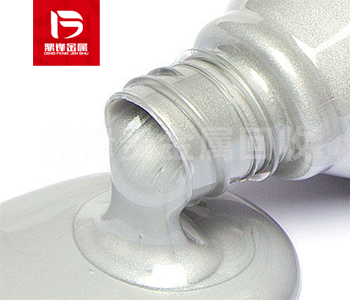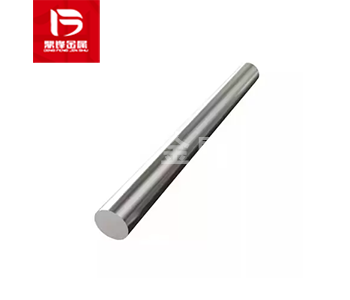When to Replace Spark Plugs: Mileage Guidelines, Types, and Warning Signs
Spark plug replacement intervals depend on the type of plug and driving conditions. Here's a concise guide.
Product Details
How Often Should Car Spark Plugs Be Replaced?
Spark plug replacement intervals depend on the type of plug and driving conditions. Here's a concise guide:
Replacement Intervals by Spark Plug Type
Copper/Nickel (Standard Spark Plugs)
Interval: 20,000–30,000 km (12,000–18,000 miles).
Features: Flat center electrode; affordable. Common in budget vehicles or non-turbocharged engines.
Platinum/Iridium Spark Plugs
Turbocharged engines: 20,000–30,000 km (12,000–18,000 miles).
Naturally aspirated engines: 50,000–60,000 km (30,000–37,000 miles).
Interval:
Features: Tipped center electrode for better durability and performance.
Double Platinum/Double Iridium
Interval: 80,000–100,000 km (50,000–62,000 miles).
Features: Both center and side electrodes coated; enhances combustion efficiency, power, and fuel economy.
Factors Affecting Replacement
Driving Conditions: Harsh conditions (stop-and-go traffic, towing, idling) accelerate wear.
Turbocharged Engines: Require more frequent checks (every 20,000–30,000 km) due to higher stress.

Symptoms of Worn Spark Plugs
Hard Starting: Engine struggles to ignite, with vibrations or prolonged cranking.
Engine Shaking: Rough idling or unexplained vibrations while driving (not due to carbon buildup).
Increased Fuel Consumption: Incomplete combustion reduces efficiency.
Weak Acceleration: Loss of power or sluggish response.
Key Recommendations
Always consult your vehicle’s owner’s manual for manufacturer-specific guidelines.
Inspect spark plugs during routine maintenance, especially in turbocharged engines.
Replace plugs proactively to avoid engine misfires, poor performance, or catalytic converter damage.
By adhering to these guidelines, you can maintain optimal engine performance and fuel efficiency.













